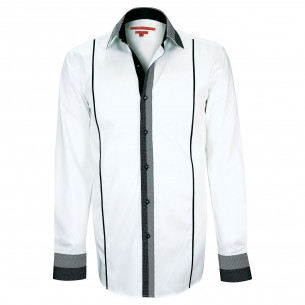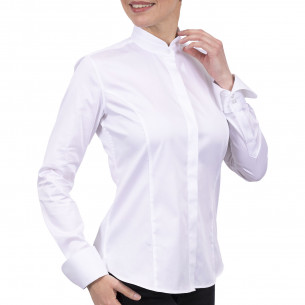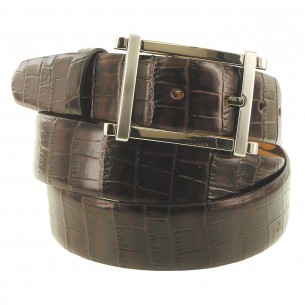Today, thanks to technological progress (computer aided cutting machines, automated sewing machines, etc.), one finds very few poor quality shirts on the market. However, you often end up being disappointed with your purchase: fabric that is too difficult to iron properly, a high collar shirt ill-suited to wear a tie with, etc.rn
First off, evaluate your needs and decide how you plan to use your new shirt:
Everyday use in a professional setting, casual wear, a trendy shirt for a night out
The quality of a men’s or women’s shirt is based on three criteria:
The quality of the fabric
Titration thread:
Without going into complicated details, we must distinguishrnfirst the concept of titration of yarn used, that is to say the size of the thread (e.g. thread 80 or thread 100). The higher the number, the thinner the thread and the softer and lighter the fabric of the shirt is.
It can be a single thread, a double or sometimes a triple one (e.g. thread 100 / 2).
The longer the cotton fibers, the better the quality of the fabric and the more beautiful the shirt is. There are several sources of cotton used for the production of fabric, but the finest cotton (long fiber) is produced in Egypt.
What to remember:
The thinner the thread (100 titration and beyond), the longer the cotton fibers, and the better the quality of the fabric of your shirt is.
Weaving of men’s shirts:
The weave of the fabric is the first notion to understand
THE WEAVE
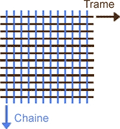
(That is to say, the criss-crossing of the threads). The horizontal threads are the warp threads, the vertical threads are the weft threads (hence the familiar term ‘fabric warp and weft’)
There are 3 main types of weave:
- The Serge or twill fabrics have oblique or diagonal lines.
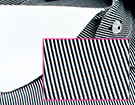
- The plain weave: smooth fabrics such as poplin
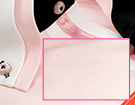
- The Satin weave fabrics are plain with a shiny aspect.
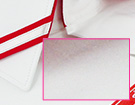
All other weaves (Oxford, Pinpoint, end-on-end, etc.) are derived from the three basic weaves. The notion of better or worse quality between the different weaves is subjective. It’s really about the look and feel of the desired fabric and an individual’s taste.
What is a men’s shirt made with two-ply fabric?
Two-ply refers not to the weave but to the quality of the thread used to produce the fabric. Long fibers, that is, good quality fibers, must be used.rnDouble twist (two strands of cotton gathered together in the warp and weft) or sometimes triple twist (three strands of cotton…) can be employed.
Two-ply fabrics are generally softer and of higher quality than single-ply fabrics; they confer a multi-dimensional effect that makes the shirt look attractive, but are usually thicker and often more difficult to iron.
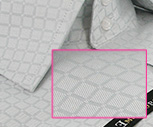
Two-ply fabrics shirt example
THE QUALITY OF THE MANUFACTURING OF A MEN’S SHIRT
Rather than a tedious technical description of industrial production, here’s a consumer-based approach to manufacturing quality.
It is not necessary to be an expert to discern a nice men’s shirt from an ordinary shirt, but here are few tips that will be useful in assessing the quality of your shirt at first glance.
Before unpacking your men’s shirt:
Look at the folded shirt at eye level: the collar should be crisp and stand up straight, even on a high-collared men’s shirt.
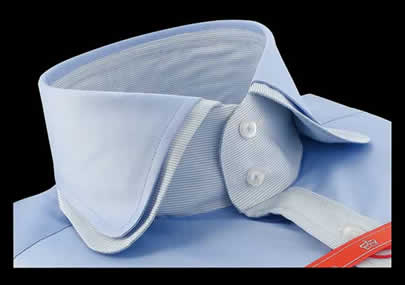
When unpacking your men’s shirt:
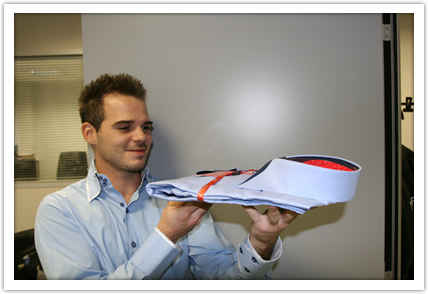
Observe the folding of the shirt:
A nice shirt must be properly folded. The collar must hold perfectly without the aid of pins (at Webmenshirts, we do not use collar pins for folding our shirts).
Important: the fewer pins a packaged shirt contains, the better the quality of the manufacturing of the shirt is.
Observe the seams of your men’s shirt:
They should be perfectly straight on the collar and cuffs. This seems obvious, but a zig zag stitch is a sign of a rushed assembly. The seam should be thin and have a sufficient number of stitches (between 5 and 8 stitches per cm).
In Webmenshirts, our seams have 6 stitches per cm (shirts made to fit generally include 7 or 8 stitches per cm).
The seams of the assembly should be twin-needle stitched,
that is to say, with double stitching for mounting sleeves and sides of the shirt.
Check that there is no gap at the armhole stitching:
The stitching of the panels of the shirt and the stitching of the sleeve must be in perfect alignment.
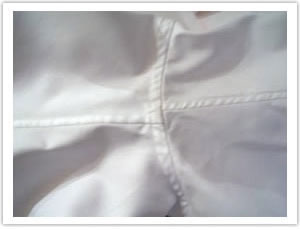
Example of incorrect assembly
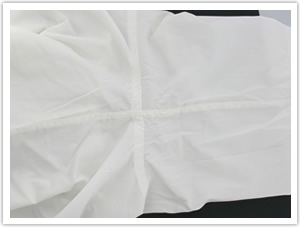
Example of correct assembly Listing
A good quality men’s shirt must have underarm gussets:
Small triangle that connects the front and rear panels of the shirt. This reinforces the stitching assembly, which is very useful, especially on fitted shirts.rnAt Webmenshirts, we use underarm gussets on all of our shirts.
Buttons
There should be no frayed threads or threads not cut properly. Some buttons require a cross stitch.
A beautiful men’s shirt must have spare buttons:
At Webmenshirts, all our shirts include a set of spare buttons.
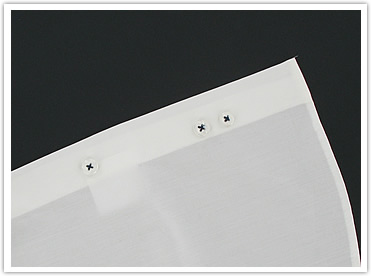
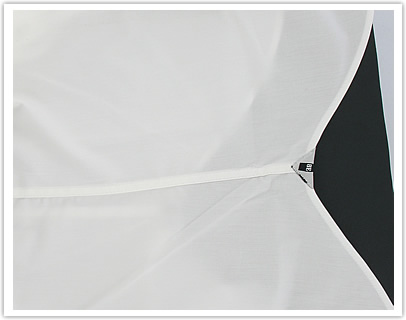
THE CUT OF A MEN’S SHIRT
A good quality men’s shirt must be well cut; however, most of the time, cut and pattern are confused.
A clarification is needed:
Pattern is the frame from which the shirt is cut, it is composed of all the pieces that make the shirt, once assembled.
The cut itself is the actual cutting of the fabric into the different pieces which constitute the garment.
But the pattern is more commonly known as ‘cut’ by the majority of customers. We will speak of how the shirt hangs once worn.
Points to observe when trying on a men’s shirt
The following is essential to a quality cut for a men’s shirt, but beware, as some cuts, for example tailored shirts, are not for everyone. A cut cannot be adapted to your body; that does not mean that the shirt is of poor quality. Everyone has to choose the cut (tailored, straight, wide...) which suits him best.
The armhole of a men’s shirt must be comfortable: when you bend your arm, you should not feel hindered.
The shoulders of the shirt must be adjusted: no excess fabric at the shoulders that is visible at the back.
The shirt should not feel tight around the stomach; the fabric must not pull at the buttons.
The length of the sleeves should be sufficient: the edge of the cuff should arrive at the fold of the thumb.
Our cuts of men's shirts:
At Webmenshirts, we use two different cuts (patterns), which were developed by us:
A slim fit shirt for use without a tie, for rather thin customers who like to wear their shirts outside their trousers.
A straight cut, which is more comfortable, used for city wear: shirts to be worn preferably with a tie but which can also be worn open neck. This is aimed at customers wearing their shirt inside their trousers.
Tips and tricks for choosing the right cut for your men’s shirt
Firstly, before choosing a men’s shirt, remember to choose the cut according to your needs and your body type.
Take your neck measurement.
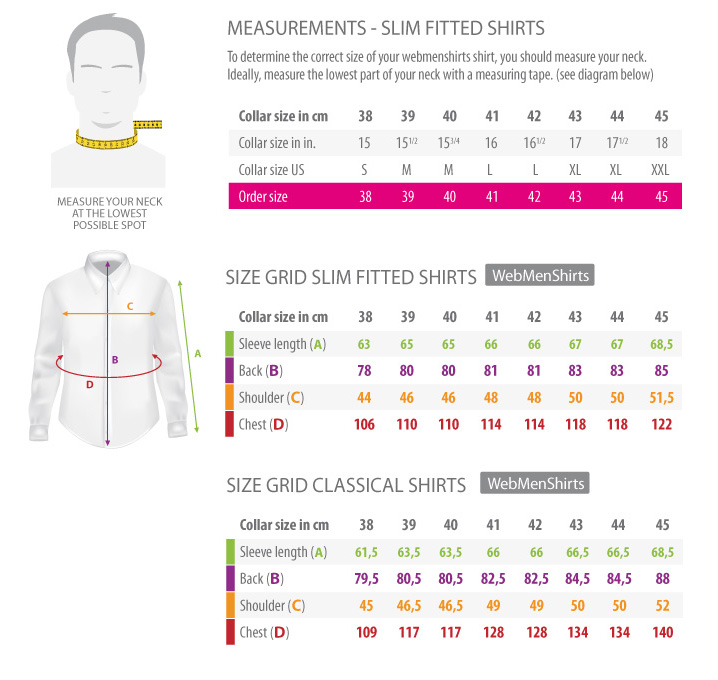
Use a tape measure and measure at the base of the neck. Very often we find that many people take a shirt a size too big (the collar, when buttoned up, should not allow more than one finger between your neck and shirt collar).
If you observe the following points :
- Sleeves are too long
- Unadjusted collar (once the shirt is buttoned)
- Excess fabric at the shoulders
Before you blame the cut of the shirt, be sure to take a smaller size.
